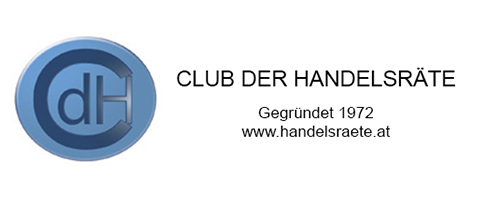GIS
GIS, the Austrian Broadcasting Service's (ORF) subsidiary responsible for collecting and administrating the Austrian radio and television receiving fee, gave the CdH insight into how they manage this task and handle thousands of customer contacts every day
Ing. Jurgen Menedetter, CEO of GIS, welcomed the CdH delegation to a business breakfast on the premises of his organisation and gave the visitors an overview of the corporate objectives of GIS. The organisation is effectively responsible for providing approximately half of the total funding of the Austrian Broadcasting Service (ORF). Two thirds of all the radio and television receiving fee revenue from listeners and viewers in the Austrian Republic are paid over to the ORF for the provision of studio facilities and services nationwide, and for the production and broadcasting of programmes. The remaining third of the revenue is paid over to the national exchequer and the provincial government administrations.
Dr. Herbert Denk, head of marketing and communication, described the organisational structure of GIS and the tasks carried out by the 200 office employees and 125 field staff of an organisation costing around 42m EUR annually to run. But, on the other hand, the GIS collects annual fee revenues of 759m EUR from 3.47m customers (radio and TV viewers and listeners).
The average Austrian household pays about 22 EUR a month for radio and TV services, with the exact amount varying from province to province. Some 300,000 households are exempt the fees for reasons such as poverty / unemployment, diplomatic status etc. Presently, an estimated 140,000 households are evading the payment of the fee, which represents 27m EUR in lost revenue for the ORF and 11m EUR in lost revenue for the state exchequer. In an attempt to rectify this situation the GIS is currently concentrating on a campaign strategy of persuasive advertising and door to door "prompting" - with a significant degree of success.
Mr. Menedetter and Dr. Denk then gave the visitors a guided tour of the in-house call centre which handles 2,500 to 3,000 telephone calls a day. The delegation was also shown the highly organised and semi-automated document handling and processing system which receives around 4,000 forms, letters and e-mails a day. All hard copy communications are scanned into the electronic data processing system so that every source document or written customer communication is available instantly to all customer service and clerical personnel.
A copy of the host's presentation is available in our download section (accessible to members only).







